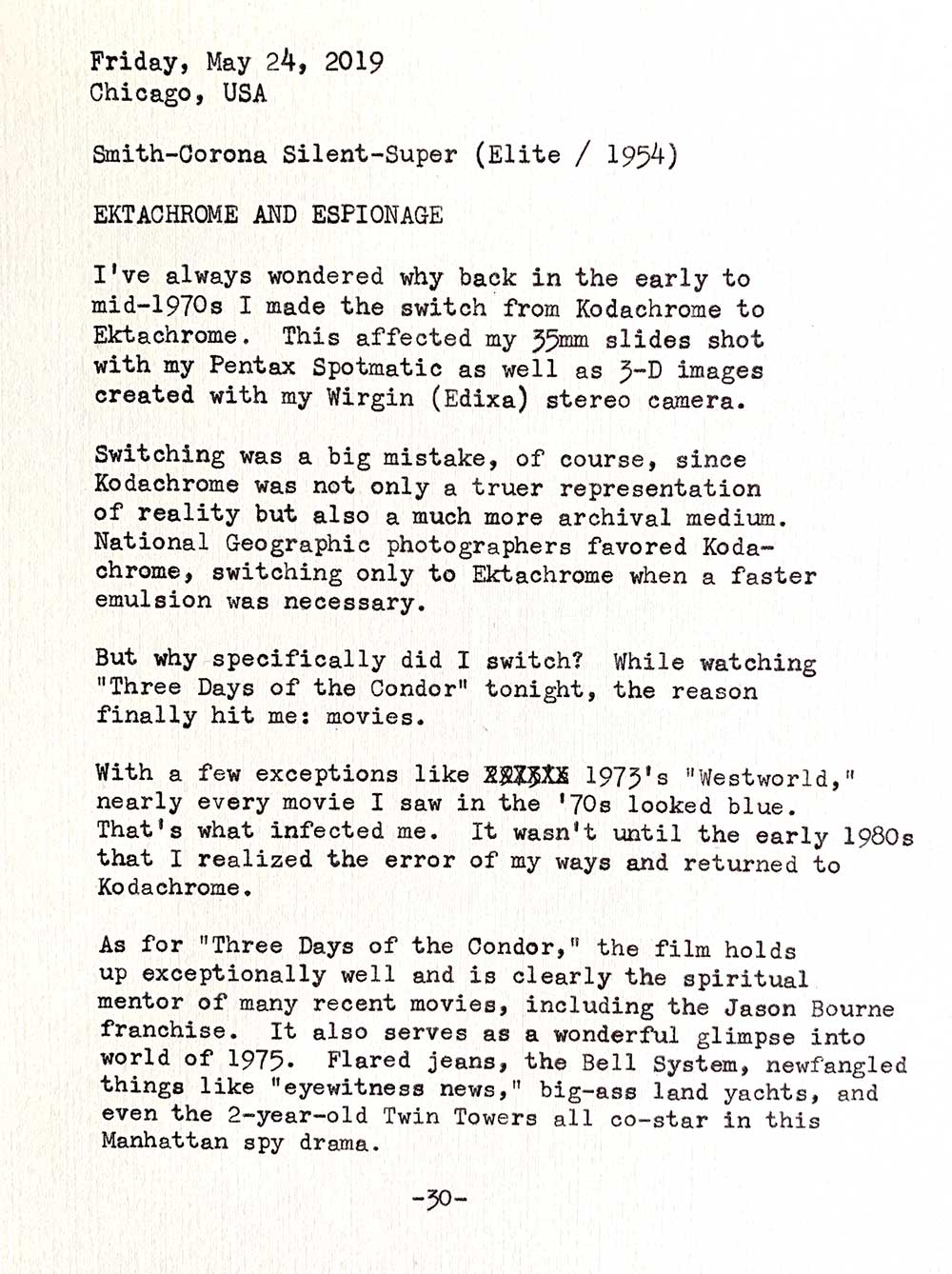
A cover shot, a glamorous grin, and bam! You’ve got yourself a celebrity sporting a crustacean claw.
Yeah, you heard me right. Dolly Parton, bless her heart, is smiling on the front of Cowboys & Indians magazine’s October 2023 issue, but all I see is her hand resembling one of Lobster Boy’s pinchers.
Hold up, don’t tell me you’ve never heard of Lobster Boy Grady Stiles.
Guy had a genetic condition that turned his hands and feet into claws. Made a living out of it in the circus, but things turned dark. He killed his daughter’s fiancé and got himself shot in the head. It could’ve been a regular Shakespearean tragedy if he’d been plugged in the Coriolanus.
Now, you don’t want Dolly or any star looking like Grady unless it’s a horror show you’re shooting. So listen up. Here’s my guide to avoiding such unintentional situations:
- Get the Angles Right: Wrong angle, wrong image. Unless you’re gunning for the horror genre, watch those angles. You don’t want a hand looking like it’s auditioning for a seafood commercial.
- Watch the Shadows: Shadows can be as tricky as a back-alley hustler. Keep them where they belong. Play it right, and you won’t have to explain why Ms. Parton’s got a taste of the sea.
- Use the Props Wisely: A misplaced prop can transform a diva into a sea monster. Coordinate with your subject. Make sure everything fits like a worn-in pair of cowboy boots.
- Editing with Care: Too much of a good thing can be bad. You want to Photoshop? Fine, but don’t turn a beauty into a beast.
- Previews and Feedback: Don’t be a lone ranger. Get a second opinion, third, hell, as many as you need. Fresh eyes catch what yours miss. Speaking of which, there’s a famous photo of Clayton Moore as the Lone Ranger in which a saguaro cactus arm appears to be scratching our hero’s back. The result is unintended hilarity.
Look, nobody wants to see their favorite stars looking like they belong on a seafood platter. Pay attention, follow the guide, and keep the claws on the lobsters and off the A-listers.
It’s photography, not a freak show.















